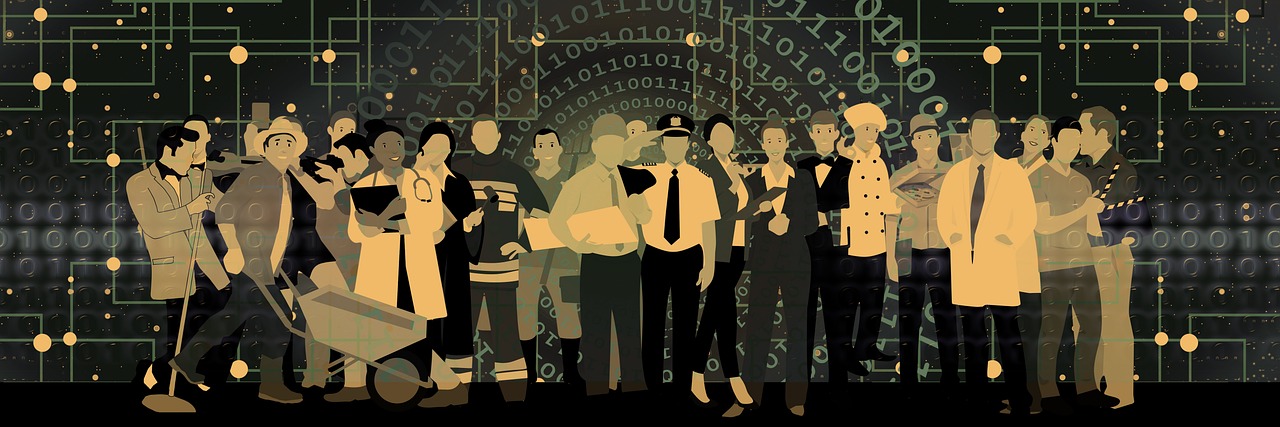Tech in Robotics and Automation: Innovations and Best Practices
In recent years, the integration of machine learning algorithms and artificial intelligence (AI) has significantly enhanced the capabilities of robots and automated systems. These advancements have enabled robots to adapt to changing environments more efficiently, making them more versatile and productive in various tasks ranging from manufacturing to healthcare.
Another emerging trend in robotics and automation is the development of collaborative robots, also known as cobots. Unlike traditional industrial robots that operate in isolation, cobots can work alongside humans in shared workspaces. This collaborative approach not only improves overall efficiency but also enhances safety in workplaces, as cobots are designed to detect and respond to human presence in real-time.
Advancements in Artificial Intelligence for Robotics
Artificial Intelligence (AI) has been a driving force behind significant advancements in the field of robotics. Through the integration of AI technologies, robots are becoming increasingly capable of performing complex tasks with greater precision and efficiency. Machine learning algorithms enable robots to adapt and learn from their experiences, enhancing their decision-making abilities in real-time scenarios.
One notable area where AI has made substantial strides in robotics is in autonomous navigation. With AI-powered algorithms, robots can map out their surroundings, identify obstacles, and plan optimal routes to navigate through challenging environments. This not only improves the safety and efficiency of robotic operations but also opens up new possibilities for applications in various industries, from manufacturing to healthcare.
What are some emerging trends in robotics and automation?
Some emerging trends in robotics and automation include the integration of artificial intelligence, the use of collaborative robots, and the development of autonomous systems.
How has artificial intelligence advanced robotics technology?
Artificial intelligence has advanced robotics technology by enabling robots to learn from their experiences, make decisions, and adapt to new situations without human intervention.
What are some examples of advancements in artificial intelligence for robotics?
Some examples of advancements in artificial intelligence for robotics include computer vision systems that enable robots to see and understand their environment, natural language processing capabilities that allow robots to communicate with humans, and machine learning algorithms that enable robots to improve their performance over time.
How can advancements in artificial intelligence benefit robotics?
Advancements in artificial intelligence can benefit robotics by increasing the capabilities of robots, improving their efficiency and accuracy, and enabling them to perform more complex tasks in a variety of environments.
What are the challenges associated with integrating artificial intelligence into robotics?
Some challenges associated with integrating artificial intelligence into robotics include the need for robust and reliable algorithms, the potential for bias in AI systems, and concerns about the ethical implications of autonomous robots.





